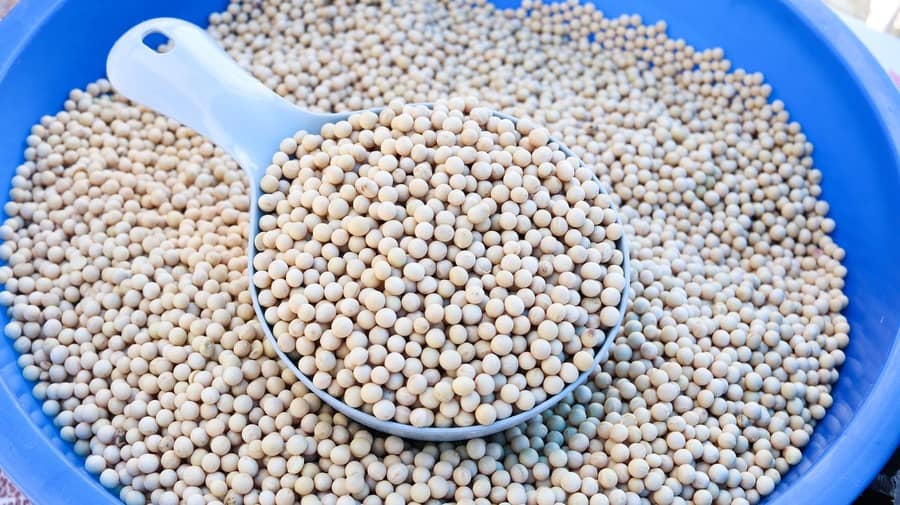Porto Alegre, April 9th, 2025 – Last week was marked by intense volatility in the soybean market, both for soybeans and oil. The most relevant movement came from the escalation in trade tensions between the United States and China, which completely changed the short and medium-term scenario for soybean futures contracts.
After President Donald Trump announced reciprocal tariffs against China, the Asian country responded harshly, imposing retaliation of up to 34% on US products. The news hit the market hard and led to a strong sell-off in soybean contracts in Chicago, especially for maturities in the second half of the year.
This movement occurred precisely after the market reacted strongly to the release of the USDA’s planting intention report on March 31. The document showed a cut of approximately 3.5 mln acres in the area destined for soybeans for the 2025/26 US crop — a number above the expected average. The reduction indicated a lower crop potential, which had sustained prices around USD 10.00 per bushel. However, the effect of this cut was completely overshadowed by the new tariff war.
On the demand side, weekly US sales total more than 46 mln tons, compared to the 49.6 mln projected for the old crop — which shows that, in the short term, this factor is not the most relevant. The market’s focus is on the second half of the year, when Chinese tariffs make US soybeans less competitive and discourage purchases, creating a scenario similar to the previous trade war.
The recent downturn in Chicago makes sense for two main hypotheses:
- With high tariffs, China tends to drastically reduce its purchases of US soybeans from the new crop, favoring Brazil. This could keep US stocks high, even with the reduction in area — and only a severe crop failure in the US crop would change this trajectory.
- Alternatively, China itself, knowing that it will need to import large volumes in the second half of the year, may be operating strategically net short, dropping prices now to balance the higher cost with tariffs when buying US soybeans in November.
This situation has made the market enter defensive mode. The trend for new-crop contracts is clearly negative, and only a political turnaround or the waiving of tariffs by one of the parties can change this scenario. Until then, targets around USD 9.00 per bushel seem plausible and are starting to enter the radar of agents.
In Brazil, export premiums, which had been falling in March with the improvement in logistics flow, have risen again. The sharp decline in Chicago has opened space for a recovery in premiums at ports, in search of regaining competitiveness. The exchange rate also contributed to this instability: the dollar rose from BRL 5.60 to 5.80 in just one day, a significant high that practically neutralized the impact of the CBOT lows. Thus, domestic prices remained supported, even in the face of the bearish scenario on the commodities exchange.
Safras News









